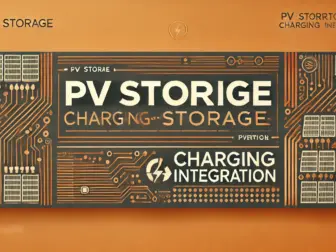Tag - Energy storage system
Advancements in Energy Storage Systems: Revolutionizing the Future of Renewable Energy
Energy storage systems have become increasingly vital in the transition towards a more sustainable and renewable energy future. These systems are essential for overcoming the intermittency of renewable energy sources such as solar and wind power, ensuring a stable and reliable energy supply. As technology continues to evolve, advancements in energy storage systems are revolutionizing the way we generate, store, and utilize energy.
One of the key benefits of energy storage systems is their ability to store excess energy generated during periods of high renewable energy production, allowing for that energy to be used during times of high demand or when renewable sources are not generating power. This helps to balance the grid, reduce reliance on fossil fuels, and lower overall energy costs.
There are several types of energy storage systems that are currently being used or developed, each with its own unique advantages and applications. Battery storage systems, such as lithium-ion batteries, are perhaps the most common form of energy storage and are widely used in both residential and commercial settings. These systems are scalable, flexible, and can be easily integrated into existing energy infrastructure.
Pumped hydro storage is another form of energy storage that has been used for decades and is one of the most efficient and cost-effective methods available. This system involves pumping water from a lower reservoir to a higher reservoir during periods of low energy demand, and then releasing that water to generate electricity during periods of high demand. While pumped hydro storage is limited by geographical constraints, it has the potential to provide large-scale energy storage solutions.
Other emerging energy storage technologies include flywheel energy storage, compressed air energy storage, and thermal energy storage. Each of these systems has its own unique set of advantages, such as rapid response times, high energy density, or long-duration storage capabilities.
As the demand for renewable energy continues to grow, the need for efficient and reliable energy storage systems will become increasingly important. Governments, businesses, and research institutions around the world are investing in the development of new energy storage technologies to meet this demand and accelerate the transition to a low-carbon economy.
In conclusion, energy storage systems play a crucial role in the advancement of renewable energy technologies and are essential for ensuring a sustainable and reliable energy supply. With ongoing advancements in technology and increased investment in research and development, the future of energy storage systems looks promising, paving the way for a cleaner and more sustainable energy future.
